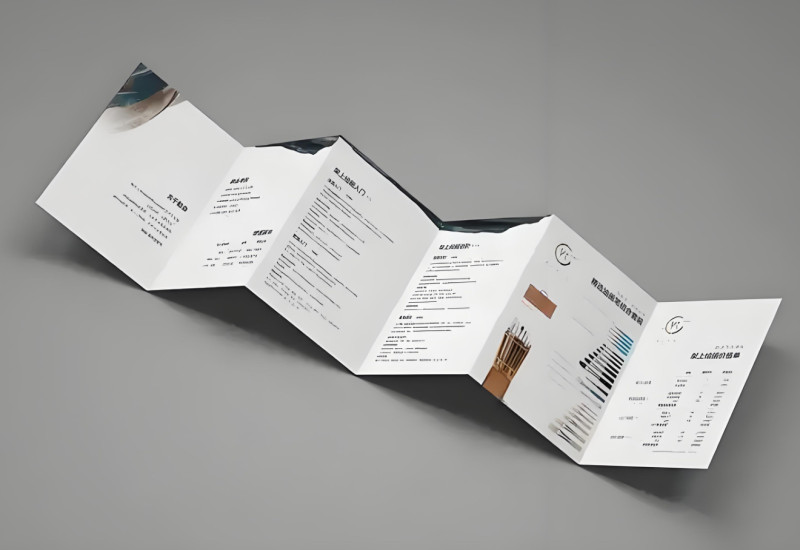Folding
Folding in book printing is the process of bending large printed sheets into smaller sections called signatures. These folds organize the pages in the correct order before binding. A single large sheet may be folded once (to make 4 pages), twice (8 pages), or more, depending on the layout. Folding is essential for producing booklets, magazines, catalogs, and hardcover books. It ensures the pages are grouped properly, reduces trimming waste, and makes the binding process faster and more accurate—especially for saddle stitching or Smyth sewn binding.
Folding FAQ
Q1: Why is folding important in book printing?
Folding arranges pages into correct order and groups them into signatures for easier and cleaner binding.
Q2: What types of folds are used in book production?
Common folds include half fold, letter fold, and parallel fold. Multiple folds create 8, 16, or 32-page signatures.
Q3: What kind of printing products usually apply folding?
Folding is essential for producing booklets, magazines, catalogs, and hardcover books. It ensures the pages are grouped properly, reduces trimming waste, and makes the binding process faster and more accurate, which especially for saddle stitching or Smyth sewn binding.

Folding
